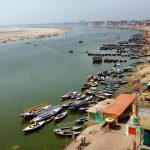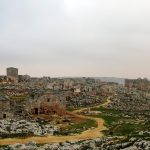
One of the United States’ fastest-growing cities, and where Zeihan on Geopolitics (and yours truly) calls home. The capital of the second-largest U.S. state by area, GDP and population, the local economy was long dominated by a mix of state government jobs and those affiliated with the University of Texas. Off the beaten path, economically and politically from the rest of the state, Austin formed a local regional identity shaped as much by its general isolation (Texas is huge and Austin is more-or-less in the middle; it takes hours to reach cities like Houston and Dallas, let alone other states) as by its concentration of old hippies and live music.
Things started to change in the 1990s: the low cost of living, good quality of life, a large and well-ranked local university and Texas’ generally business-friendly climate saw a host of tech companies move in, spurred by local Dell computers. Twenty years later, our music festivals are growing, property values have risen, and people are ditching the coasts to move here in droves. If growth continues at its current clip, Texas will be home to four of the country’s 10 largest cities within a decade (Austin is currently No. 11).
Austin is now as famous for its tacos and barbecue as much as Silicon Hills, and though we’d love to have y’all visit…please, don’t move here. The combination of low population density, rapid growth and the presence of the aptly-named Hill Country to the city’s immediate west have overwhelmed local transport infrastructure, resulting in some of the country’s worst traffic.



